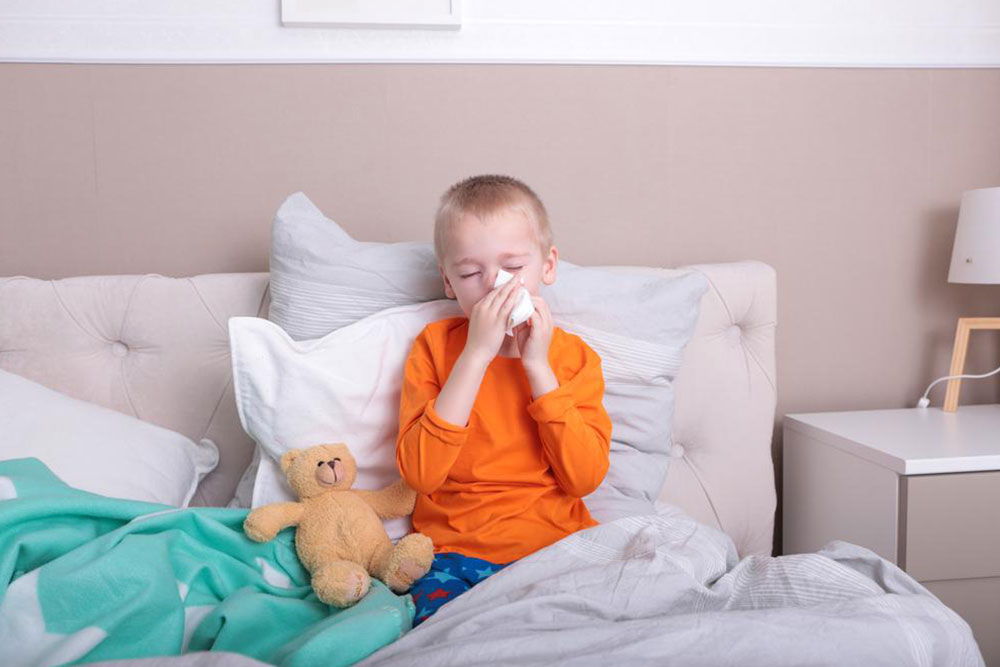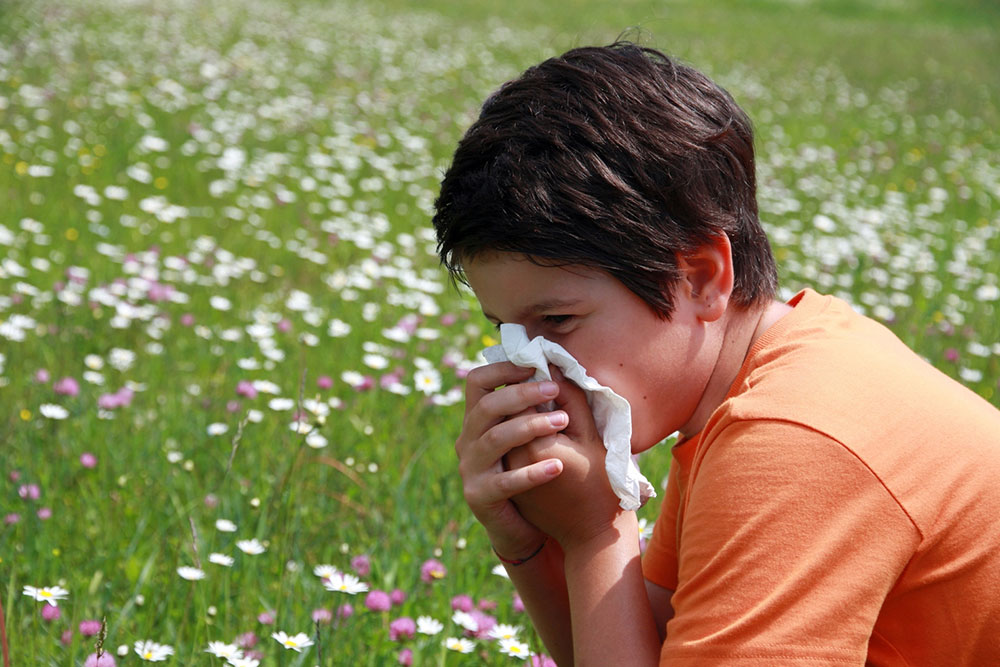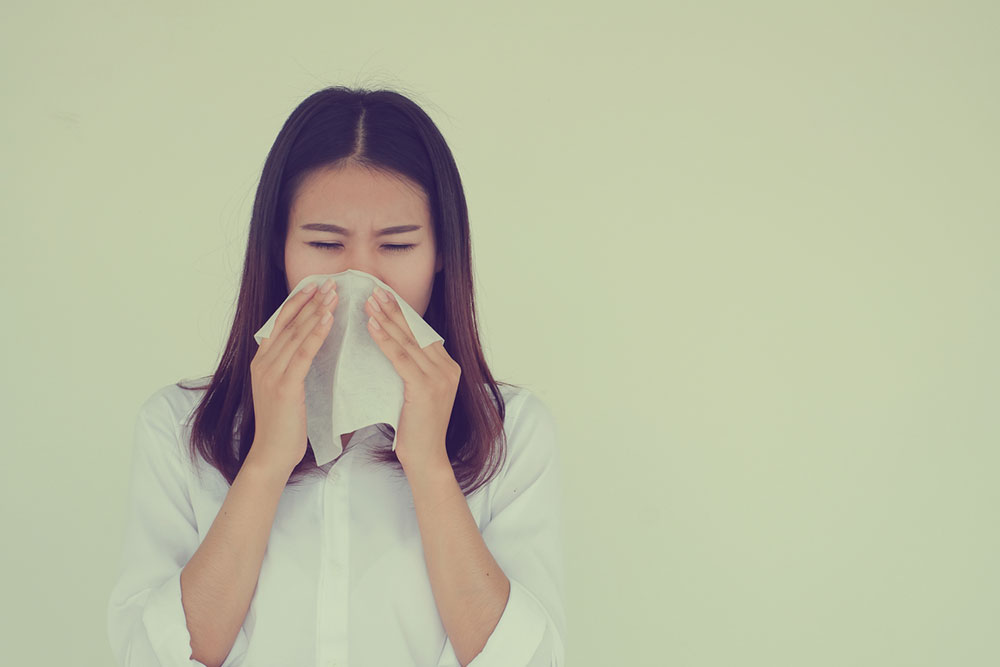Comprehensive Guide to Child Allergies: Causes, Symptoms, Prevention, and Treatment Strategies
This comprehensive guide explores childhood allergies, highlighting their causes, common symptoms, effective prevention techniques, and treatment options. It emphasizes early diagnosis, environmental controls, and medication strategies to help children manage allergy symptoms effectively, reducing their impact on daily life and preventing further complications like asthma. With proper management and healthcare support, children experiencing allergies can lead healthier, more comfortable lives.

Understanding Child Allergies: Causes, Symptoms, Prevention, and Effective Management
Childhood allergies are a common concern for parents and caregivers, often manifesting as recurrent cold-like symptoms. While occasional sneezing or a runny nose can be normal, persistent symptoms such as wheezing, nasal congestion, itchy eyes, and skin rashes may indicate underlying allergic reactions. Recognizing the difference between common colds and allergies is crucial for timely intervention and relief. This comprehensive guide delves into the causes of child allergies, common symptoms to watch for, effective prevention strategies, and available treatment options to help children lead healthier, more comfortable lives.
Understanding what triggers allergies in children is the first step toward effective management. Allergies occur when the immune system overreacts to harmless substances known as allergens. These triggers can vary widely depending on the child's environment, genetics, and exposure, but the most prevalent allergens include pollen, dust mites, pet dander, mold, and certain foods. Seasonal changes, especially during spring and late summer, often exacerbate allergy symptoms as plants release pollen into the air. Additionally, indoor allergens such as dust and pet fur can cause symptoms year-round, impacting quality of life if not managed properly.
Research indicates that up to 40% of children experience allergic reactions at some point, and these tendencies can be inherited from parents who have allergies or asthma. Children with a family history of allergies are more susceptible to developing similar conditions, emphasizing the importance of early detection and intervention. Accurate diagnosis involves a thorough medical history assessment, allergy testing, and sometimes, blood tests to identify specific sensitivities.
When children encounter allergens, their immune systems respond by releasing chemicals like histamine, leading to the familiar symptoms associated with allergies. These include sneezing, nasal congestion, watery or itchy eyes, coughing, skin rashes, and in some cases, difficulty breathing. If left unmanaged, allergies can escalate and contribute to the development of asthma, a chronic respiratory condition characterized by wheezing, shortness of breath, and chest tightness. Early diagnosis and treatment are imperative to prevent complications and improve the child's overall well-being.
Prevention and management of child allergies focus on reducing exposure to known triggers. Environmental control measures include maintaining a clean living space by regularly dusting, vacuuming with HEPA filters, and washing bedding frequently in hot water to eliminate dust mites. Keeping windows closed during high pollen seasons and using air purifiers can significantly decrease airborne allergens. For children with pet allergies, minimizing contact, grooming pets regularly, and creating pet-free zones in the home—such as bedrooms—are effective strategies. Humidifiers and dehumidifiers can also control mold growth indoors, further reducing allergic reactions.
If your child exhibits persistent allergy symptoms, consulting a healthcare provider is essential for proper diagnosis and treatment planning. Medical professionals may recommend antihistamines, nasal corticosteroids, decongestants, or allergy shots (immunotherapy) based on the severity and nature of symptoms. It's crucial to choose medications approved by regulatory agencies like the FDA and administered under medical supervision to ensure safety and effectiveness. Additionally, educating children about their allergies and helping them avoid known triggers empowers them to participate actively in their care.
Living with allergies may seem challenging, but with appropriate strategies and medical support, children can enjoy active, symptom-free lives. Developing an allergy management plan with your healthcare provider ensures tailored treatment, reduces the frequency and intensity of reactions, and improves overall quality of life. Remember, early intervention and consistent prevention measures are the keys to managing childhood allergies successfully.





